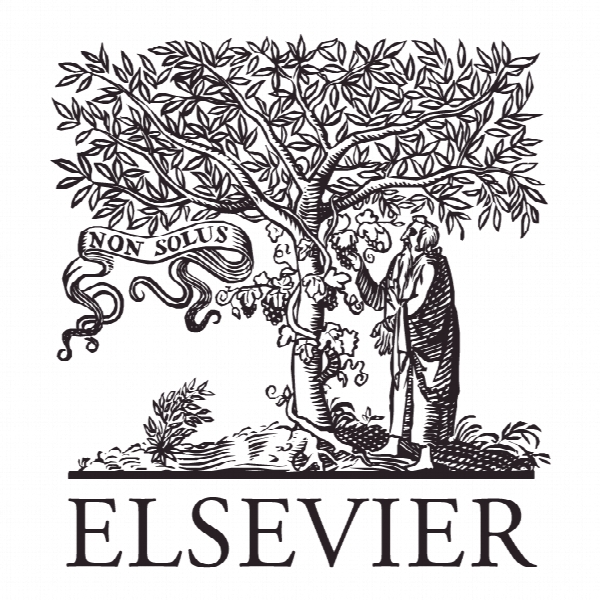بهبود عملکرد دانش آموزان در دوره های کمی: مورد انگیزه تحصیلی و تجزیه و تحلیل پیش بینی Improving students’ performance in quantitative courses: The case of academic motivation and predictive analytics
- نوع فایل : کتاب
- زبان : انگلیسی
- ناشر : Elsevier
- چاپ و سال / کشور: 2017
توضیحات
رشته های مرتبط علوم تربیتی و مدیریت
مجله بین المللی آموزش مدیریت – The International Journal of Management Education
دانشگاه کالج تجارت، آرکانزاس، ایالات متحده آمریکا
نشریه نشریه الزویر
مجله بین المللی آموزش مدیریت – The International Journal of Management Education
دانشگاه کالج تجارت، آرکانزاس، ایالات متحده آمریکا
نشریه نشریه الزویر
Description
1. Introduction Students’ negative attitude and anxiety toward mathematics and their far reaching implications on their academic performance and career opportunities are well documented in the literature (Bessant, 1995; Meece, Wigfield, & Eccles, 1990; Wigfield & Meece, 1988). With only 26% of graduating high school students meeting the minimum ACT College Readiness Benchmark1 in all testing subject matters, e.g., English, Algebra, Social Science, and Biology (ACT, 2013), higher education institutions have been prompted to develop interventions strategies to facilitate learning, and guide their students toward continually improving their academic performance (Handel, 2009). Educational psychologists assert that most human actions are thought to be goal-directed toward either achieving desired outcomes or avoiding dreaded ones (Bandura, 1986). As such, this study posits that the combined use of motivation achievement theories and predictive analytics (pedagogical innovation), will facilitate students’ academic self-monitoring and self-regulation, and assist in linking current actions to future goals for the purpose of improving their academic performance. Although several definitions exist for academic engagement, this research adopts Kuh’s and Hu’s view which defines academic engagement as the “quality of effort students devote to educationally focused activities that contribute directly to desired outcomes” (Kuh & Hu, 2001). It is a multi-dimensional construct involving students’ emotion, behavior, and cognition (Fredrick, Blumenfield, & Paris, 2004), and a robust predictor of students’ learning, test scores, retention, and graduation (Appleton, Christenson, & Furlong, 2008; Patrick, Ryan, & Kaplan, 2007; Skinner & Pitzer, 2012). Students who were positively engaged in their course work and with instructors tend to be highly motivated (Ryan & Deci, 2009), are able to develop a better perspective about their academic progress and achievements (Finn & Zimmer, 2012; Fredricks et al., 2004), tend to score higher grades (Astin, 1993; Darling-Hammond, 1997; Kuh, 2003; Roderick & Engel, 2001), and experience lower dropout rates (Croninger & Lee, 2001; Mangum, Baugher, Winch, & Varanelli, 2005). In contrast, unmotivated and disengaged students are at risk of lower performance and dissatisfaction which might lead to academic failure (Curwin, 2010; Willingham, Pollack, & Lewis, 2002; Uekawa, Borman, & Lee, 2007), and students’ dropout (Bridgeland, Dilulio, & Morision, 2006). Hence, educators are expected to motivate students to help them achieve their educational goals (Miller & Brickman, 2004), and to self-monitor and self-regulate their own progress (Ames, 1992; Brophy, 2010; Covington, 1992).


